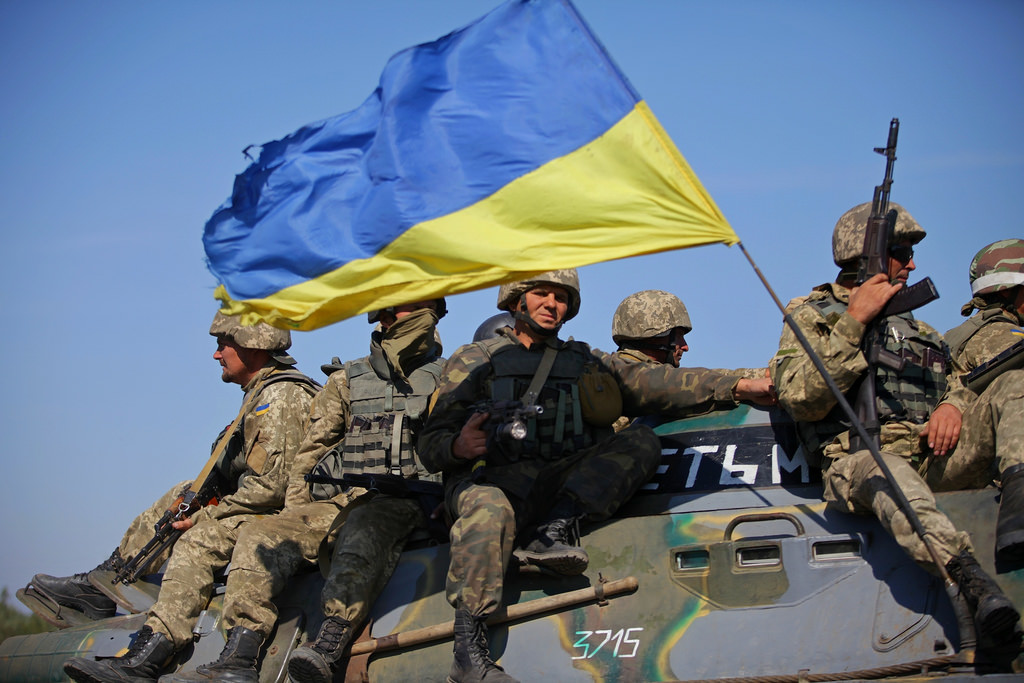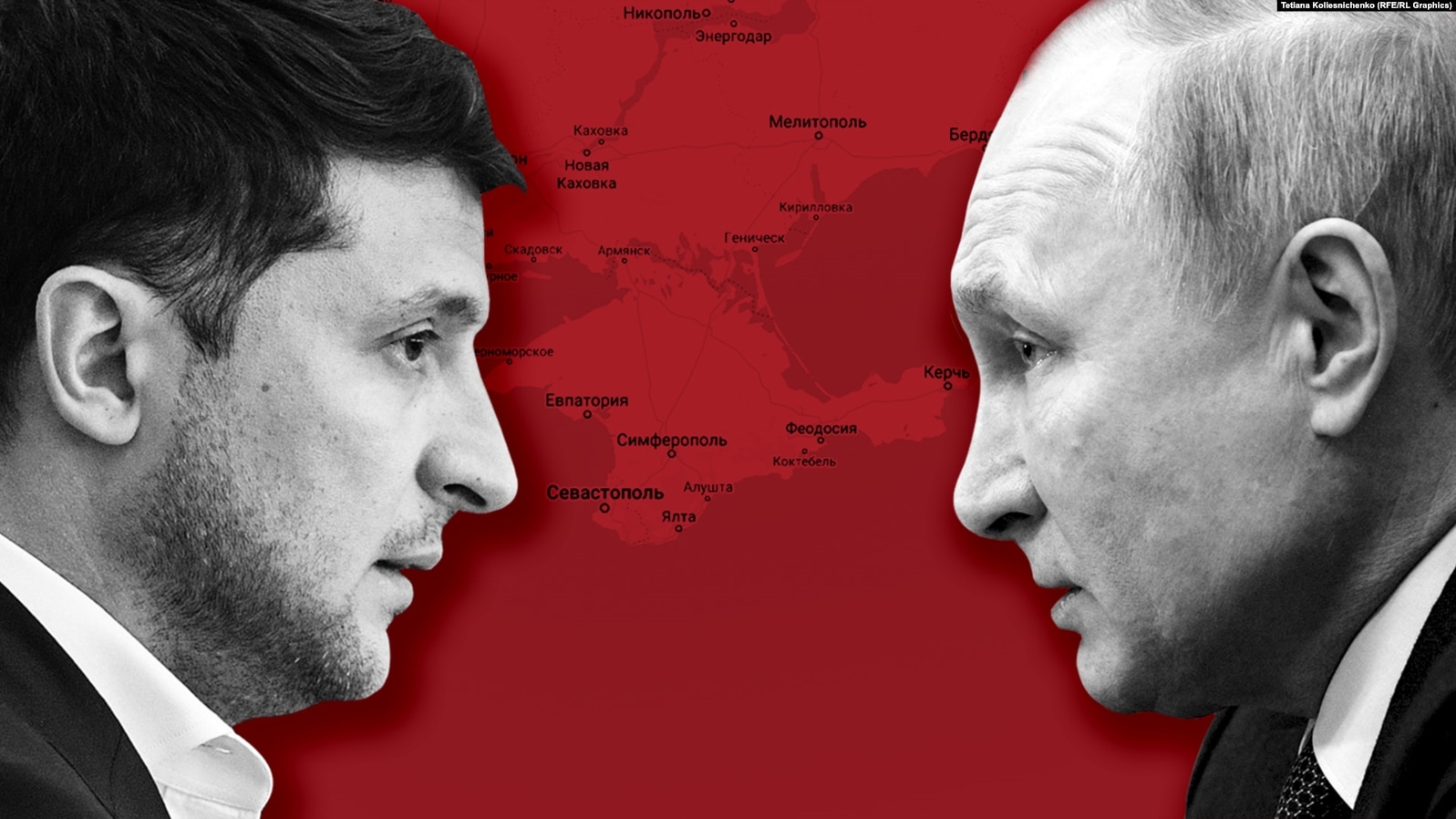The latest “National Security Strategy of Ukraine” was approved on September 14, 2020 (see EDM, September 24, 2020), months overdue; and the “Military Security Strategy” was only adopted on March 25, 2021 (see EDM, May 25, 2021). The reform of the territorial defense system, which has not changed since 2013 and no longer meets current challenges, has also been delayed (see EDM, February 23, 2021). The reason is the incompatibility of the proposed models with the available resources—an echo of analogous struggles of Soviet planning methods. The first draft law on territorial defense (Rada.gov.ua, December 16, 2020) was returned by the Ukrainian parliament’s budget committee for revision in April 2021 due to “inadequate financial and economic calculations” (Rada.gov.ua, April 14, 2021). Financial experts were unable to determine where to find the additional $500 million needed to create and maintain territorial defense forces when even the current Armed Forces’ levels were being underfunded.
On May 25, 2021, the president of Ukraine submitted a draft law “On the Fundamentals of National Resistance” with his proposed reforms to the Parliament (Rada.gov.ua, May 25, 2021). This version anticipates an increase in the size of the Armed Forces along with additional defense appropriations. The current 2021 Ministry of Defense budget is approximately $4.2 billion, 74 percent of which is designated for servicing personnel and training, while 26 percent goes to the development of weapons and infrastructure (Armyinform.com.ua, April 14). This allocation is closely in line with the defense expenditure structures of some North Atlantic Treaty Organization (NATO) countries, like Italy or Greece (Nato.int, March 16). However, a further increase in the defense budget is unrealistic without corresponding economic growth. Therefore, Ukraine’s military-political leadership has no choice but to look for other, more creative and economically stable models of defense organization. The process may also require a qualitatively different leadership.
The transition to new, NATO-compatible defense procurement procedures, as required by the Ukrainian law “On Defense Procurement” (Rada.gov.ua, July 17, 2020), is being executed slowly, again due to the human factor. The government issued corresponding regulations only in April 2021, and President Zelenskyy approved the basic indicators of the state defense order for 2021–2023 only on March 30, 2021. This will inevitably lead to a rush in defense procurement and inefficient use of already limited resources in 2021. The planning document “Implementation of the Lessons Learned Doctrine” (Ukrmilitary.com, July 15, 2020), developed with the help of NATO experts and approved by the chief of the General Staff, is progressing but only moderately—mainly due to insufficient appreciation of its significance among the service chiefs and unit commanders.
The need for changes to personnel policy has been mentioned in Ukrainian conceptual defense reform documents since 2016. For instance, the 2016 “Concept for the Development of the Defense and Security Sector of Ukraine” provided for the “implementation of European principles of career management” in the Armed Forces by the end of 2017 and “giving preference to those educated in EU [European Union] and NATO member states” (Rada.gov.ua, March 14, 2016). None of this has been implemented, possibly because many of the country’s military leaders did not meet these standards. As of 2021, only a few Ukrainian officers in leadership positions within the Armed Forces have received military training certificates from NATO countries or are able to communicate in English (see Jamestown.org, March 25, 2021).
As of June 2021, the Ministry of Defense’s concept for a military personnel policy is still under development.
On May 18, the expert group of the defense ministry’s Directorate of Defense Policy, charged with developing personnel policy, published an interim report pointing out that “the current personnel management system is inefficient and opaque, requires constant hands-on adjustment, [and] does not encourage the career and professional growth of service personnel” (Facebook.com/DefencePolicyDirectorateMODU, May 18). The experts stress the need to build a personnel management system based on the principles operating in the armed forces of NATO member states.
It was, therefore, quite indicative that almost immediately after the publication of the report, the Directorate of Defense Policy dissolved this group of experts and, in doing so, revealed the reluctance of the Armed Forces’ leadership to conduct reforms of the personnel management system (Facebook.com/DefencePolicyDirectorateMODU, May 20).
Ukraine’s partners in NATO are aware of this problem and are trying to encourage the Ukrainian military-political leadership to take more active steps to reform the personnel management system. Not coincidentally, the list of prerequisites for the provision of the second half of the United States government’s military assistance to Ukraine for 2021 includes “the improvement of human resources management, including support of career management reforms” (Congress.gov, January 1).
Read More:
- Ukraine’s Territorial Defense volunteers prepare to support army in case of Russian invasion
- Deconstructing Putin: it is time the West learned to be bold
- Russia’s triple strategy of proxy war used against Georgia in 1920 and now
- Forced migration in Crimea as part of Russia’s ‘hybrid’ strategy
- Russia’s strategy in the Sea of Azov: The Kerch Bridge, artificial shipping delays and continued harm to Ukraine
- Ukraine’s new naval doctrine: a revision of the mosquito fleet strategy or bureaucratic inconsistency?
- Ukraine’s new National Security Strategy: A wide scope with foggy implementation mechanisms
- Ukraine’s new National Security Strategy: Russia as the aggressor, full NATO membership, and a few drawbacks






